الحصان الأندلسي ... ما زال نسبه حيا إلى اليوم
منظمة الشعب الأندلسي العالمية World Organization of Andalusian People :: تاريخ الأندلس - HISTORY OF ANDALUSIA - HISTORIA DE AL-ANDALUS - HISTOIRE DE L'ANDALOUSIE :: تاريخ المجتمع الأندلسي - Historia de la Sociedad Andaluza - History of the Andalusian society - Histoire de la société andalouse
صفحة 1 من اصل 1
 الحصان الأندلسي ... ما زال نسبه حيا إلى اليوم
الحصان الأندلسي ... ما زال نسبه حيا إلى اليوم

ما زال الحصان الأندلسي حيا في أسبانيا، محافظا على نسله إلى حد الساعة ... ربما تكون به عبرة للبشر في ظهور الحقيقة ...
Andalusians
The Andalusian Breed
The Andalusian Breed
The Andalusian is a very versatile horse and participates happily in anything requested by its rider, from classic dressage to parades, pleasure riding, jumping and driving. Perhaps the best qualities of the Andalusian horse are their willingness to work, their intelligence and their quickness to learn.
Andalusian is a term used for the Spanish horses that originate in the province of Andalusia southern Spain. There is not an official breed of Andalusian, since the Spanish Horse Breeders’ Association (Cria Caballar) stopped using the term Andalusian in 1912. The official name for the breed is now Pura Raza Española (P.R.E.) which means “the pure Spanish breed”. In America the breed is called the Pure Spanish Horse.
In Britain the stud book is run through The British Association for the Purebred Spanish Horse Ltd (BAPSH) formally the British Andalusian Horse Society.
BAPSH holds four stud books:
Register I for PRE horses
Register II for Partbred PRE (minimum 25% PRE)
Register III for Hispano Arabs (a horse with PRE and Arab blood, minimum 25% PRE).
Register IV for Performance horses of PRE type – this is for PRE/PRE Partbreds which for what ever reason do not have official registration paperwork.
PRE Mare & FoalBefore breeding all horses have to be graded look for the word “APTO” in their passport, meaning “suitable for breeding”. It means that the horse has passed the grading examination and that its offspring can be registered.
In history the Andalusian was used for farm work particularly with the bulls of this region of Spain and in the bull ring. They also carried noble men into battle and proudly carried them in their moments of triumph as a parade horse.
The characteristics of the breed can be seen in their strong boned legs, good slope to the shoulder, deep heart-girth and round powerful haunches. With its heavy neck, small ears , long thick mane and tail and classically beautiful head the breed is instantly identifiable. The head needs special note, the nose is flat or slightly convex , the forehead is broad and large eyes are inside a triangular-shaped orbital arch. The nostrils resemble inverted commas which expand downward to bring in large quantities of air.
PRE FoalMost PRE’s are grey ( in a lovely range of shades and types although most go white as they age ), but bay, black and chestnut are permissible. Expect to pay a premium for a non grey PRE.
Pre’s were traditionally quite small horses but they are now commonly found well over 16hh. Graded horses have to attain a minimum height.
Traditionally PRE horses are trimmed in an unusual way. Mares are hogged and the top of the dock is clipped. . The mare can keep the forelock and the mane is clipped in such a way as to best show off and improve the neck. Stallions are left unclipped and trimmed with a full, luxuriant, long mane and tail. All foals are hogged and the tail clipped right out until they are 2 years old when they are clipped as adults.
Andalusian is a term used for the Spanish horses that originate in the province of Andalusia southern Spain. There is not an official breed of Andalusian, since the Spanish Horse Breeders’ Association (Cria Caballar) stopped using the term Andalusian in 1912. The official name for the breed is now Pura Raza Española (P.R.E.) which means “the pure Spanish breed”. In America the breed is called the Pure Spanish Horse.
In Britain the stud book is run through The British Association for the Purebred Spanish Horse Ltd (BAPSH) formally the British Andalusian Horse Society.
BAPSH holds four stud books:
Register I for PRE horses
Register II for Partbred PRE (minimum 25% PRE)
Register III for Hispano Arabs (a horse with PRE and Arab blood, minimum 25% PRE).
Register IV for Performance horses of PRE type – this is for PRE/PRE Partbreds which for what ever reason do not have official registration paperwork.
PRE Mare & FoalBefore breeding all horses have to be graded look for the word “APTO” in their passport, meaning “suitable for breeding”. It means that the horse has passed the grading examination and that its offspring can be registered.
In history the Andalusian was used for farm work particularly with the bulls of this region of Spain and in the bull ring. They also carried noble men into battle and proudly carried them in their moments of triumph as a parade horse.
The characteristics of the breed can be seen in their strong boned legs, good slope to the shoulder, deep heart-girth and round powerful haunches. With its heavy neck, small ears , long thick mane and tail and classically beautiful head the breed is instantly identifiable. The head needs special note, the nose is flat or slightly convex , the forehead is broad and large eyes are inside a triangular-shaped orbital arch. The nostrils resemble inverted commas which expand downward to bring in large quantities of air.
PRE FoalMost PRE’s are grey ( in a lovely range of shades and types although most go white as they age ), but bay, black and chestnut are permissible. Expect to pay a premium for a non grey PRE.
Pre’s were traditionally quite small horses but they are now commonly found well over 16hh. Graded horses have to attain a minimum height.
Traditionally PRE horses are trimmed in an unusual way. Mares are hogged and the top of the dock is clipped. . The mare can keep the forelock and the mane is clipped in such a way as to best show off and improve the neck. Stallions are left unclipped and trimmed with a full, luxuriant, long mane and tail. All foals are hogged and the tail clipped right out until they are 2 years old when they are clipped as adults.
http://www.forestandalusians.co.uk/andalusians/
About Andalusians
The Andalusian horse has been esteemed for its quality and appearance since Roman times. In the Middle Ages, it carried knights into battle and later became that treasured mount of European nobles. Horsemen soon realized that the same qualities that made the Andalusian a versatile war horse could serve in times of peace as well. The horse soon became the favorite of the grand riding academies of Europe because of its impulsion, collection, forward motion, and agility. It was at these academies where dressage and high school riding began and flourished. In the United States today, the Andalusian horse competes in Dressage, Jumping, Driving, Trail, Western Pleasure and English Pleasure.
The Andalusian’s physical appearance and flashy action make it one of the world’s most desirable riding horses. The Andalusian is strongly built, yet extremely elegant. The typical Andalusian stands 15.2 to 16.2 hands. The head is of medium length, rectangular and lean. The head in profile is slightly convex or straight with well-placed ears, moderately narrow and without excess flesh. The eyes are alive, almond-shaped, and placed within an orbital arch. The neck is reasonably long, broad, yet elegant and well crested in stallions, straighter in mares. The mane is thick and abundant. Well defined withers precede a short back; the quarters are broad and strong. The croup is rounded and of medium length. The tail is abundant, set low, and lies tightly against the body. About 80% of Andalusians are gray or white, 15% are bay and 5% are black, chestnut, palomino and buckskin or possibly dun.
Andalusians are well-known for their trainability and lightness under saddle. Extraordinary athletes, they enjoy learning. Many Andalusian enthusiasts comment that they are first attracted to the breed by its beauty but become hooked by the horses’ eagerness to work and intelligence.
Origin
The Andalusian originated in and gained its name from the Spanish Province of Andalusia. The Andalusian horse is one of the most ancient of horse breeds. It has lived on the Iberian Peninsula (the region now carved into the two countries of Spain and Portugal) since pre-history and is represented in cave paintings dating back 25,000 years. Its ancestors are the Iberian (Spanish) horse and the Barb horse, which was brought to Spain by invading Moors. Andalusians were bred principally by Carthusian Monks in the late Middle Ages at monasteries in Jerez, Seville, and Cazallo. The monks were superb horse breeders and kept the blood of their horses quite pure. The Andalusian's purity was threatened in the 1800's when Napoleon's army invaded Spain and stole many horses. One herd of Andalusians was hidden and used to renew the breed. In 1832, an epidemic devastated the horse population in the Iberian Peninsula. Only a small herd of Andalusians at the Monastery of Cartuja survived. No Andalusians were exported until 1962. In the United States, all purebred Andalusian horses can be traced directly to the Stud Books of Spain and Portugal. In Spain, the horses are known as the Pure Spanish Horse (Pura Raza Espanola; PRE); in Portugal, they are known as Lusitanos.
A Rare Treasure
Today, there are only about 8,500 Andalusian horses in the United States. Worldwide, these majestic horses number less than 30,000. Each year, the International Andalusian and Lusitano Horse Association registers only about 700 new purebred foals in this country and slightly more half-Andalusians. These are very small numbers relative to other breeds. In fact, the Andalusian is one of the rarest breeds in the United States, and in some states, they are rarer than in others. As a result, many Americans have never seen an Andalusian, or perhaps, have seen only a very few. The Andalusian is experiencing a rapid growth in popularity in response to an active promotion of this rare breed by the International Andalusian and Lusitano Horse Association. Many new owners are discovering the wonderful attributes of this breed at IALHA competitions that give Andalusian owners the opportunity to show off their magnificent horses in dressage and other performance classes.
http://www.usef.org/_IFrames/breedsdisciplines/breeds/andalusian/about.aspx
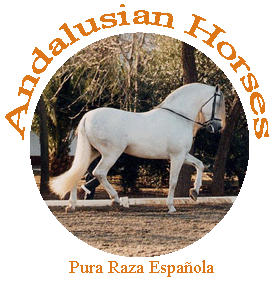

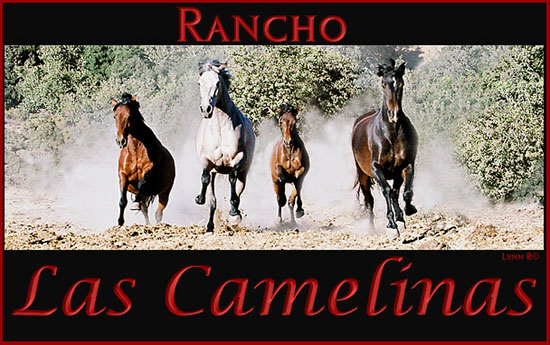








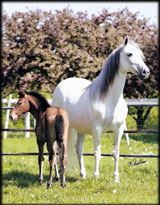




.jpg)
.jpg)
.jpg)


.jpg)




























عدل سابقا من قبل د. جمال بن عمار الأحمر في الإثنين 12 سبتمبر 2011, 15:40 عدل 2 مرات

أ. د. جمال بن عمار الأحمر- رئيس منظمة الشعب الأندلسي العالمية

- الجنس :

العمر : 64
تاريخ الميلاد : 22/02/1960
تاريخ التسجيل : 02/05/2009
عدد المساهمات : 2938
نقاط الشكر على الجدية الأندلسية : 3
نشاطه في منظمة ش الأندلسي ع : 4879
العمل/الترفيه : أستاذ جامعي. مؤسس في حركة إسلامية قوية في نهاية السبعينيات. وسياسي قديم. ومرشح برلماني سابق -


أ. د. جمال بن عمار الأحمر- رئيس منظمة الشعب الأندلسي العالمية

- الجنس :

العمر : 64
تاريخ الميلاد : 22/02/1960
تاريخ التسجيل : 02/05/2009
عدد المساهمات : 2938
نقاط الشكر على الجدية الأندلسية : 3
نشاطه في منظمة ش الأندلسي ع : 4879
العمل/الترفيه : أستاذ جامعي. مؤسس في حركة إسلامية قوية في نهاية السبعينيات. وسياسي قديم. ومرشح برلماني سابق -


أ. د. جمال بن عمار الأحمر- رئيس منظمة الشعب الأندلسي العالمية

- الجنس :

العمر : 64
تاريخ الميلاد : 22/02/1960
تاريخ التسجيل : 02/05/2009
عدد المساهمات : 2938
نقاط الشكر على الجدية الأندلسية : 3
نشاطه في منظمة ش الأندلسي ع : 4879
العمل/الترفيه : أستاذ جامعي. مؤسس في حركة إسلامية قوية في نهاية السبعينيات. وسياسي قديم. ومرشح برلماني سابق -


أ. د. جمال بن عمار الأحمر- رئيس منظمة الشعب الأندلسي العالمية

- الجنس :

العمر : 64
تاريخ الميلاد : 22/02/1960
تاريخ التسجيل : 02/05/2009
عدد المساهمات : 2938
نقاط الشكر على الجدية الأندلسية : 3
نشاطه في منظمة ش الأندلسي ع : 4879
العمل/الترفيه : أستاذ جامعي. مؤسس في حركة إسلامية قوية في نهاية السبعينيات. وسياسي قديم. ومرشح برلماني سابق -

منظمة الشعب الأندلسي العالمية World Organization of Andalusian People :: تاريخ الأندلس - HISTORY OF ANDALUSIA - HISTORIA DE AL-ANDALUS - HISTOIRE DE L'ANDALOUSIE :: تاريخ المجتمع الأندلسي - Historia de la Sociedad Andaluza - History of the Andalusian society - Histoire de la société andalouse
صفحة 1 من اصل 1
صلاحيات هذا المنتدى:
لاتستطيع الرد على المواضيع في هذا المنتدى
 الرئيسية
الرئيسية الأحداث
الأحداث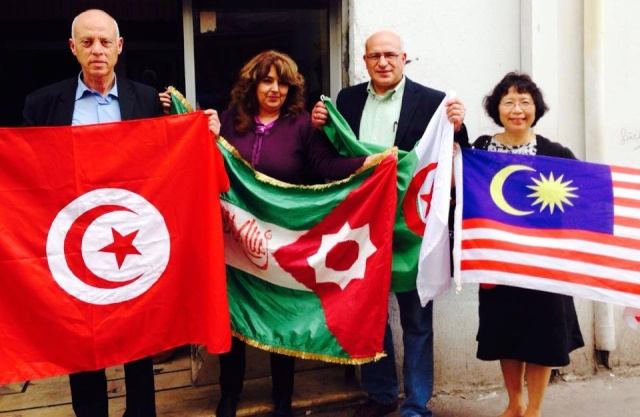 المنشورات
المنشورات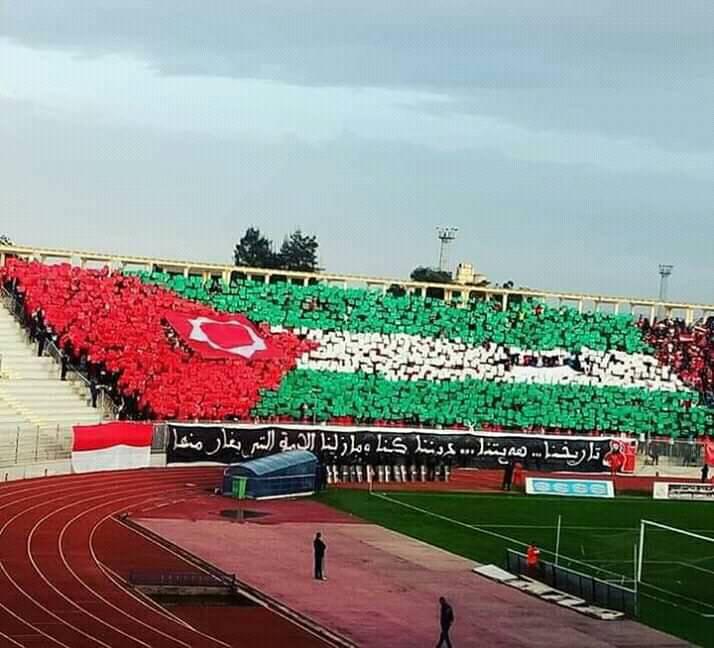 أحدث الصور
أحدث الصور التسجيل
التسجيل دخول
دخول










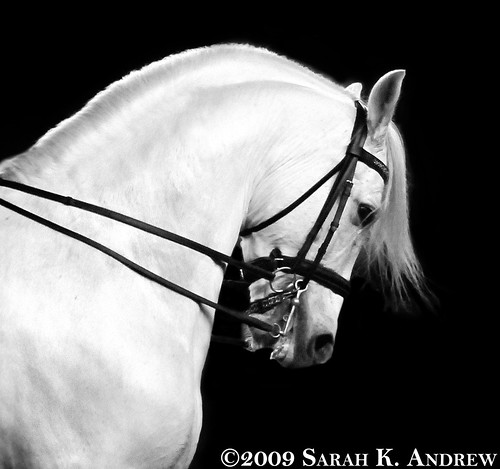











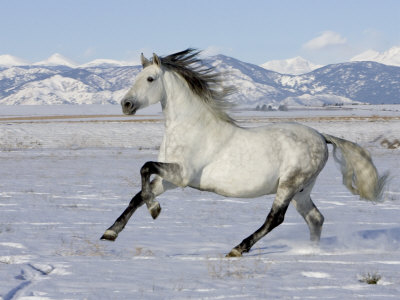



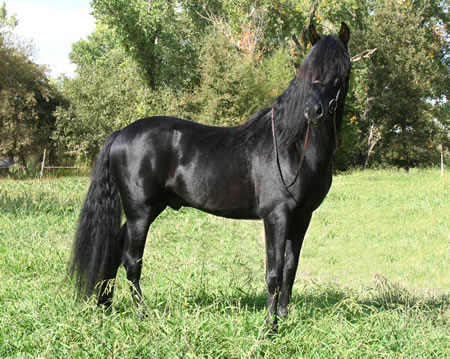
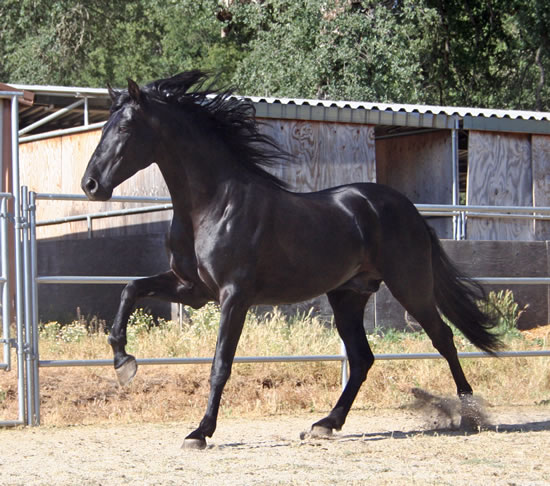




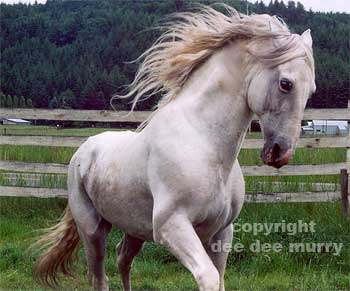



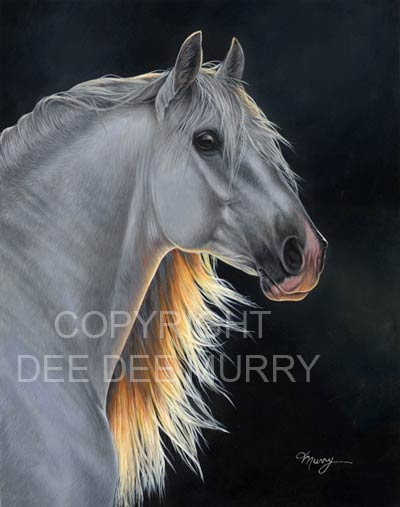
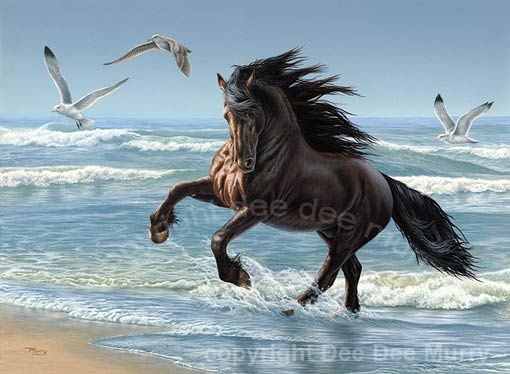
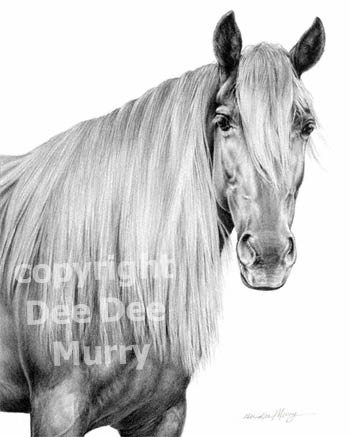
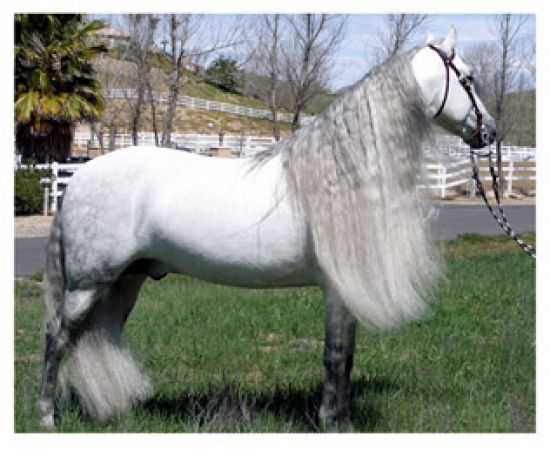






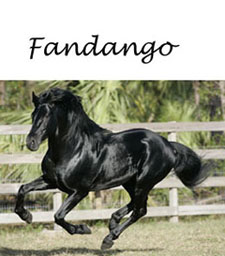










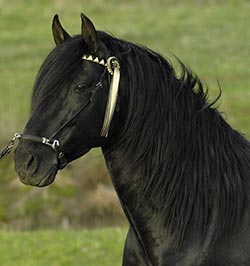


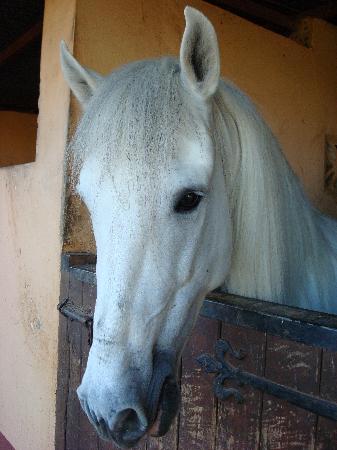















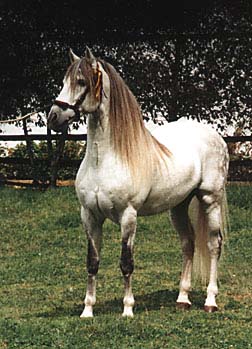













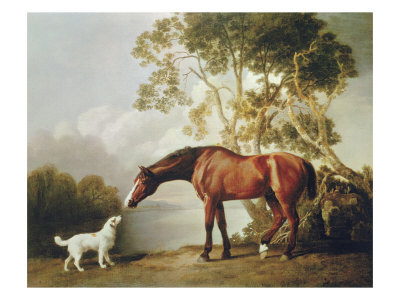
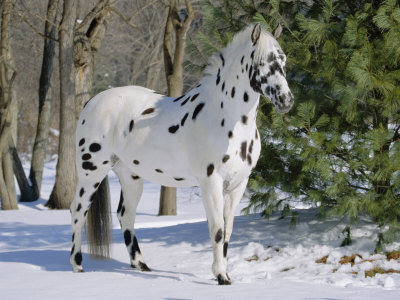
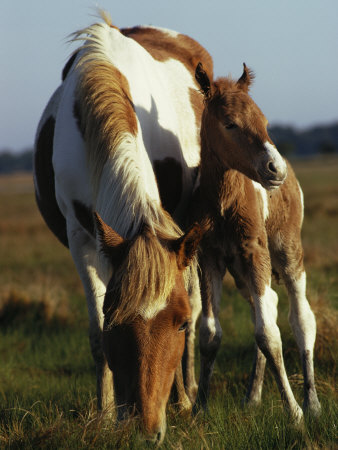

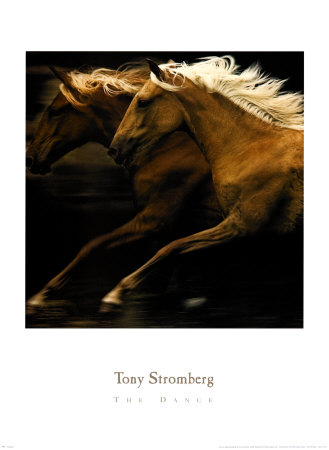
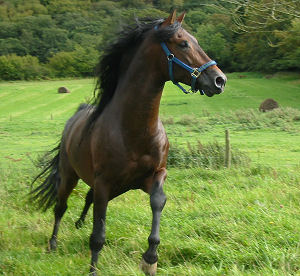






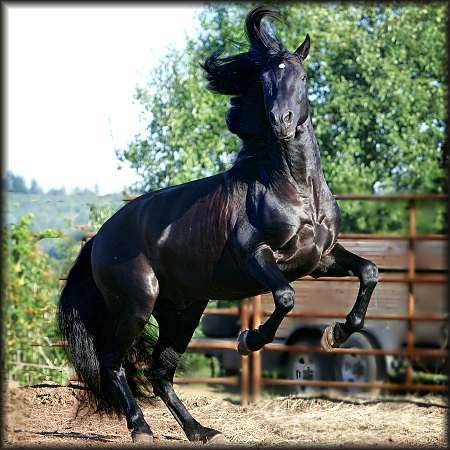
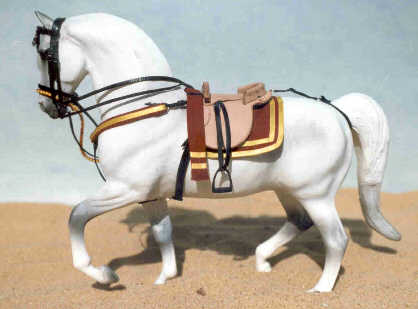









» حمل المئات من كتب النحو والصرف والإعراب (أمهات الكتب)
» ألقاب عائلات أندلسية في الجزائر
» Ansys Electromagnetics Suite 2024 R1
» لقب: خلـــيفة، بالشرق الجزائري
» مسرحية (ولادة)، علي عبد العظيم (نالت الجائزة الأولى للتأليف المسرحي من وزارة الشؤون الاجتماعية، بمصر)، 1948م
» WSDOT BridgeLink v7.0.1.0 English 64-bit
» UniSoft GS UniSettle v4.0.0.58 English 32-64-bit
» UniSoft GS UniPile v5.0.0.60 English 32-64-bit